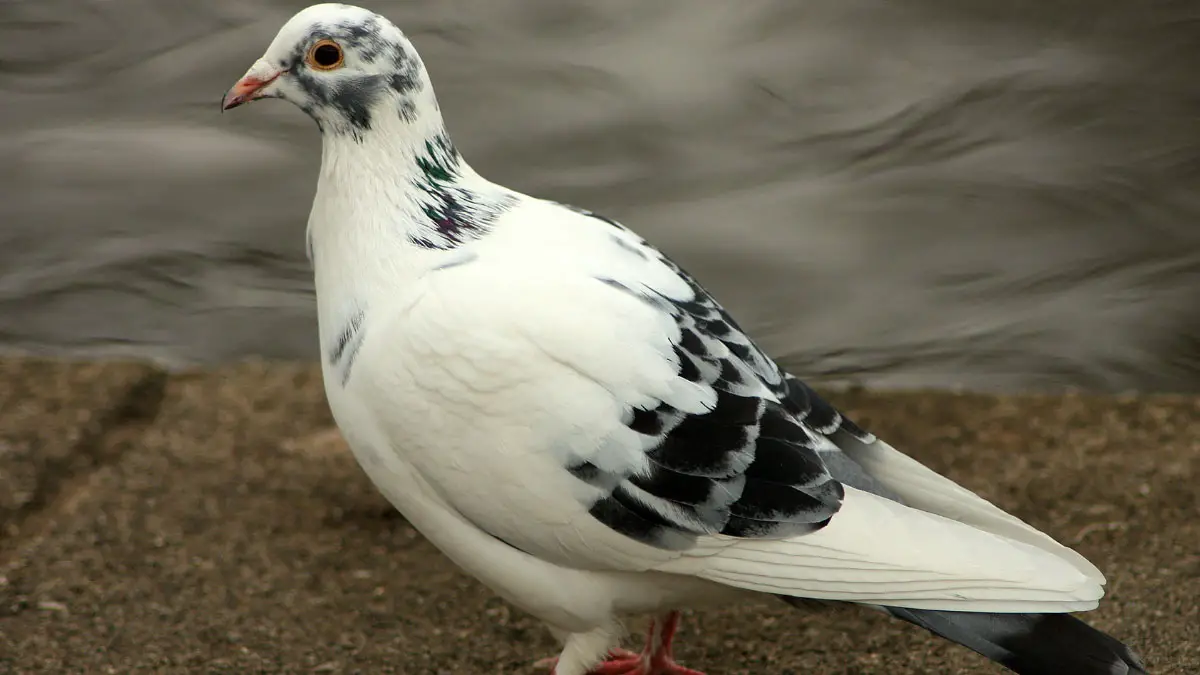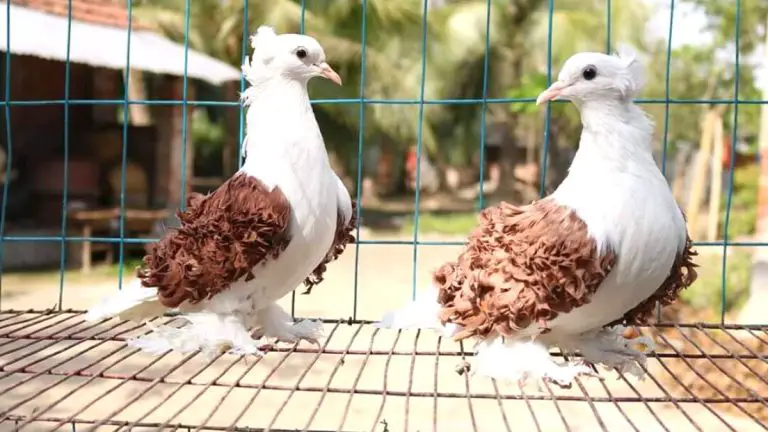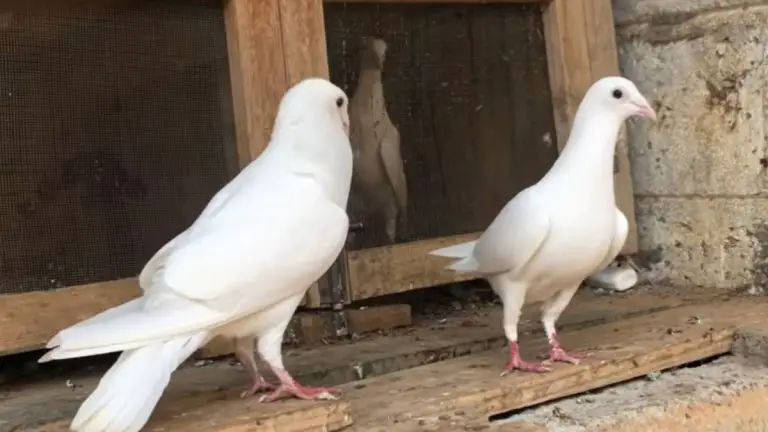White Pigeons 101: Physical Characteristics, Habitat, Behavior, and Relationship with Humans
White pigeons, also known as white doves, are a beautiful and peaceful bird species. They have a distinctive white feather coat on them. With a small beak and a medium-sized body, these birds fly with an enchanting cooing sound. These birds have captivated the hearts of humans for centuries and hold significant cultural and symbolic value in many societies.
They are fascinating species to study and observe, especially for bird enthusiasts and those interested in ecological habitat conservation. Understanding behavior and habitat is essential for their protection and conservation, as well as for the maintenance of a healthy ecosystem.
This article will teach all you need to know about white pigeons. We will discuss the unique physical traits. Including their feather coloration, size, and shape, as well as white Pigeon behavior and habitat preferences, and many more. So let’s get started!
White Pigeon Physical Characteristics
White pigeons are a distinctive bird species with a striking appearance due to their pure white feathers. They are often used in ceremonies and events as symbols of peace, love, and prosperity. Let’s learn more:
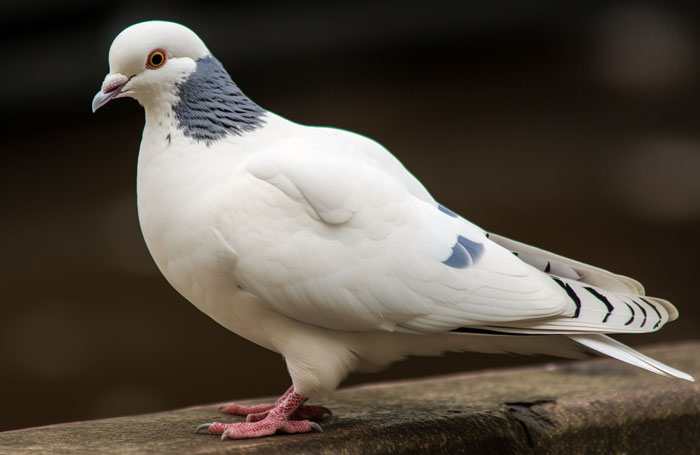
Features of the Pigeon
The most notable feature of white pigeons is their white plumage, which is sleek and shiny. They have slender bodies with small heads and short necks, and their wings are broad and rounded.
This particular species of pigeon can reach a length of 14 inches (35.6 cm) (58.4 centimeters) while boasting a wingspan measuring 23 inches. Their eyes are dark brown or black, creating a sharp contrast with their white feathers. Their short, curved beak is used for feeding on seeds and grains.
Variations of White Pigeon
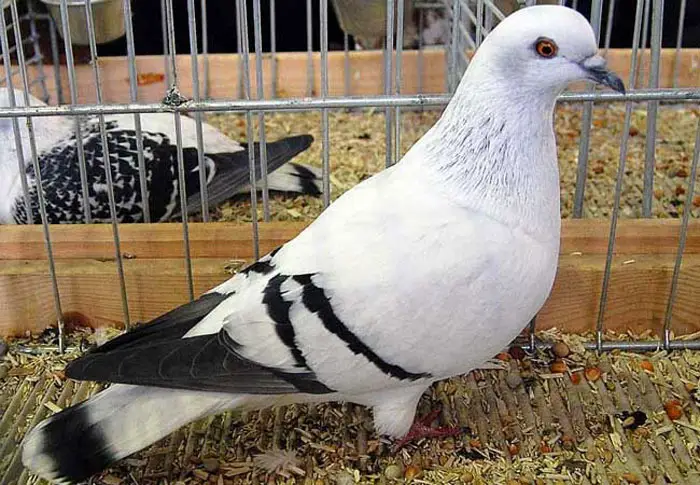
There are different types of white pigeon species, including Racing Homer, King Pigeon, and White Dove.
- Racing Homer is used for pigeon racing. They are well known for their 600 miles average racing speed.
- While King Pigeon is larger and often bred for meat production. White Dove is a smaller breed commonly used in wedding ceremonies.
- Homing pigeons are another variation, trained to return home from long distances. They have an excellent sense of direction, using environmental cues such as the Earth’s magnetic field and the sun to find their way.
Adaptation to Different White Pigeon Habitats and Climates
White pigeons have adapted to diverse pigeon habitats, nesting behavior, and climates around the world. They can be seen in urban areas perched on tall buildings and in rural areas roosting in farm buildings.
In cold climates, they develop thicker feathers to survive harsh winters. And in warmer regions, they use shade and cool surfaces to regulate body temperature.
Habitat and Behavior of White Pigeons
White pigeons are a globally widespread bird species with a rich history of domestication and close association with humans. Their ability to thrive in diverse habitats and exhibit complex social behavior makes them an intriguing subject of study and observation.

Feeding Habits and Courtship Displays
These birds can flourish in a variety of environments as long as they have access to essential resources like food, water, and shelter. They can nest in man-made and natural structures and feed on different food sources depending on their location.
White pigeons exhibit captivating bird behavior that is influenced by their social structure and mating strategies. They form large flocks for various activities, use a complex communication system, and perform elaborate displays during courtship. Once paired, they engage in nest-building and caring for their young.
Role of White Pigeons in the Ecosystem
However, they may compete with other bird species for resources and contribute to the spread of diseases. The white pigeon-human relationship is multifaceted and varies across different cultures and circumstances. Some see them as pests or symbols of peace, while others value them as pets or racing birds.
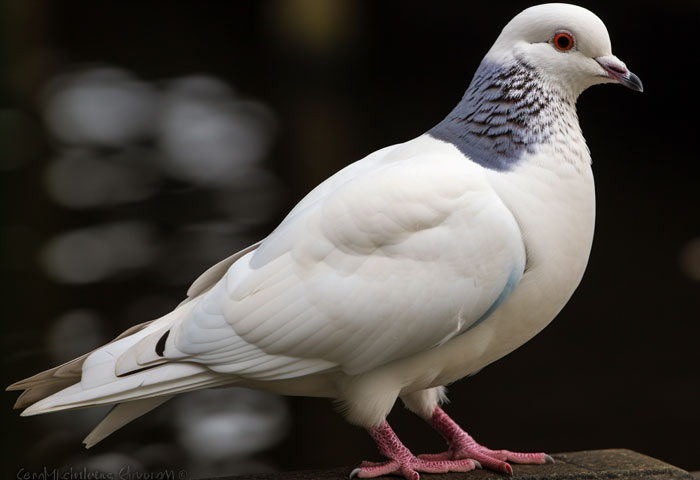
Dynamic Relationship Between White Pigeons and Humans
White pigeons have been culturally significant for thousands of years, symbolizing peace, love, and freedom in many cultures. They are also associated with religious practices such as releasing doves at weddings and funerals.
In addition to cultural significance, they are used in sport hunting. Although it is mostly a recreational activity now, many countries have banned it due to animal welfare concerns.
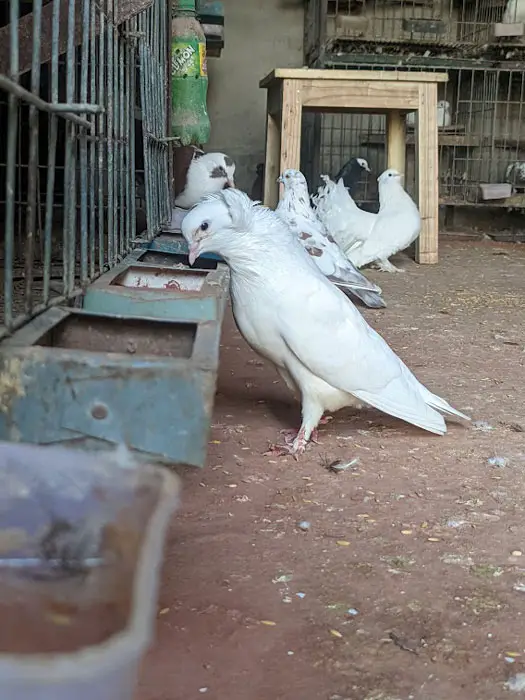
By the way, let’s see how white pigeons and humans make relationships.
Backyard Birding and Feeding
Many people enjoy observing and feeding white pigeons in their backyards or public spaces. But feeding them in large numbers can lead to overcrowding, disease spread, and property damage. It’s essential to regulate the amount of food provided and ensure it’s appropriate for the pigeon diet.
Negative Impacts Of Human Activity
Human activity can have negative impacts on white pigeon populations, such as habitat destruction, hunting, and pollution. Urbanization and the loss of natural nesting sites can lead to population declines. Hunting can disrupt migratory patterns and reduce breeding success.
Efforts In Place To Protect White Pigeon Populations
Several conservation efforts are in place to protect white pigeon populations and their habitats in the bird ecology. These efforts include the creation of protected areas, the restoration of nesting sites, and public education campaigns. They help to promote responsible feeding practices.
Bird conservation organizations also work to regulate sport hunting and ensure that it is carried out ethically and humanely.
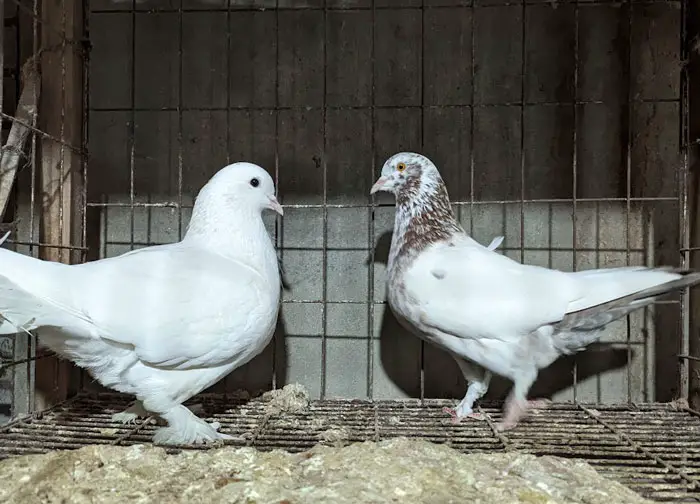
Overall, the relationship between white pigeons and humans is complex and multifaceted. While these birds have played a significant role in human culture for centuries, their populations are now threatened by human activity.
However, through conservation efforts and responsible interactions with white pigeons, we can ensure that these birds continue to be an important part of our natural and cultural heritage.
Interesting Facts About White Pigeons
Did you know that these birds can use the Earth’s magnetic field to navigate, making it easier for them to return home after traveling great distances? Or that white pigeons, which carried messages across enemy lines during times of conflict, were essential to communication?
White-winged Doves have several uncommon talents, much like other doves and pigeons. They are capable of sucking and swallowing without turning their heads. Moreover, they feed their nestlings with crop milk, an esophageal secretion.
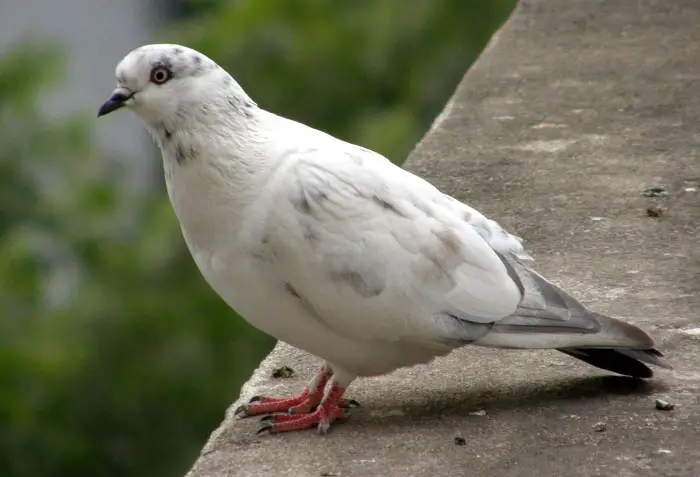
White pigeons, for instance, have been employed at sporting events like the Olympics and the World Cup. White pigeons and doves are surprisingly clever with their social behavior, despite popular belief. Few non-primate creatures have been shown to be capable of seeing themselves in mirrors, according to studies.
If you’re interested in exploring more pigeon species, you may find our articles on Mourning Doves and Wood Pigeons informative. Our article on Mourning Doves provides insights into the characteristics, behavior, and habitat of these peaceful birds. Meanwhile, our article on Wood Pigeons offers a closer look at the history, distribution, and conservation status of these woodland-dwelling pigeons.Conclusion
In conclusion, white pigeons are a beautiful species of bird with important cultural and symbolic significance. They can make an interesting subject for research institutions and observation because of their distinctive physical traits, varied habitat requirements, and intriguing habits.
Yet, because of human activity, their numbers are in danger. This calls for conservation measures that are crucial for their preservation. We can make sure that white pigeons remain a significant component of our natural and cultural history by encouraging responsible interactions with them and aiding conservation efforts.
For those interested in learning more about white pigeons and their importance in the ecosystem, there are several resources available. You should look for bird conservation organizations, educational materials, and birding resources.
